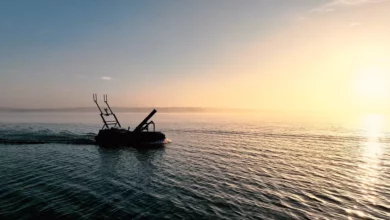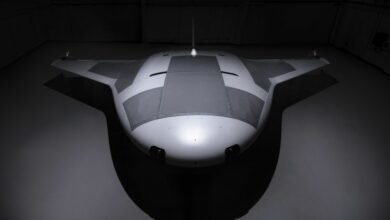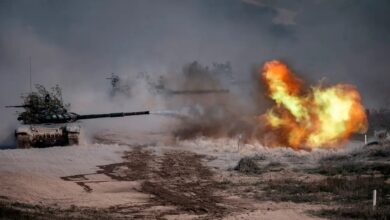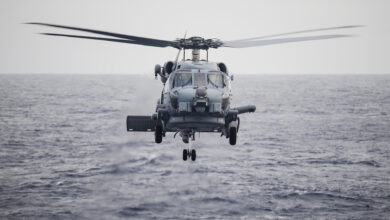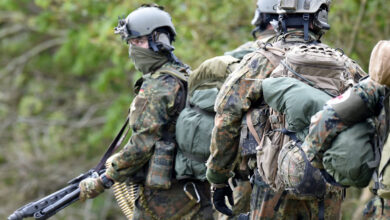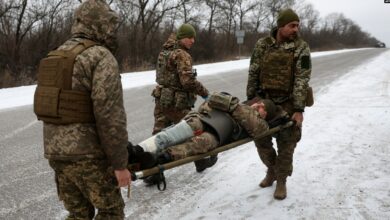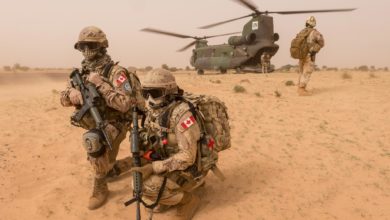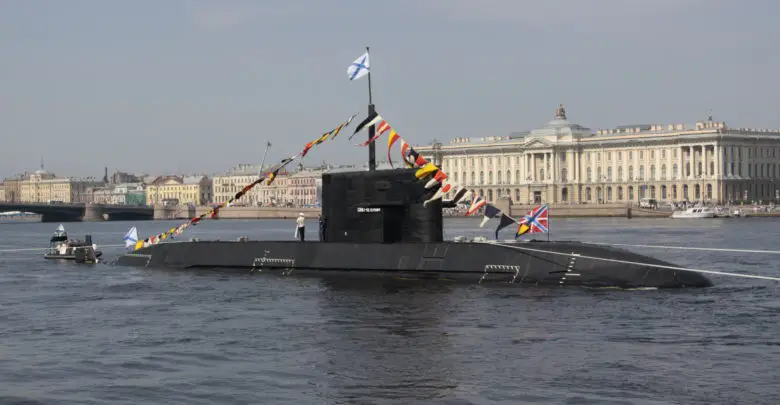
The re-establishment of the U.S. Navy’s 2nd Fleet is a tangible sign of the seriousness with which the United States regards the growing Russian maritime threat, in particular in the North Atlantic and adjacent waters, such as the Norwegian Sea. It is also an indication of the shift in U.S. strategy from its post-9/11 focus on countering terrorism to an emphasis on deterrence amidst renewed great power rivalry.
The new fleet, expected to be stood up later this year, and headquartered in Norfolk, Virginia, where NATO’s new Joint Force Command for the Atlantic will also be located, will ‘exercise operational and administrative authorities over assigned ships, aircraft and landing forces on the East Coast and northern Atlantic Ocean.’ It will also contribute to the planning, training and provision of maritime forces for global contingencies.

The Russian maritime threat
Russia poses a distinct and multi-faceted threat to security in the North Atlantic, which could, in the event of conflict, cause significant disruption to Allied operations and transatlantic shipping. The Russian Navy, in particular its submarine forces, augmented by long-range missile-armed bombers and strike aircraft (namely, the Tupolev Tu-95MS Bear, Tu-160 Blackjack, Tu-22M3 Backfire, Sukhoi Su-34 Fullback, and the Kinzhal-armed MiG-31 Foxhound) can prosecute targets at sea and on land across the Euro-Atlantic, including within the U.S.
In addition, offensive mine warfare and special forces operations, plus non-kinetic activity such as cyber attacks, could be employed to disrupt maritime communications broadly defined. Although the pace of naval modernisation has been almost glacial, the Russian Navy retains a potent core of ex-Soviet warships, new vessels (albeit mainly smaller surface combatants) are beginning to enter service, and the submarine force has and continues to receive significant investment.
The Northern, Baltic and Black Sea Fleets operate 38 submarines comprising 15 diesel-electric (eight Kilo, six Kalibr-armed Improved Kilo and a Lada); four nuclear-powered guided missile-armed (three Oscar II and a Graney-class), 12 nuclear-powered attack (consisting of four Victor III, four Akula, two Akula II, a Sierra and a Sierra II), and seven nuclear-powered ballistic missile-armed (six Delta IV and a Borei) boats.
The nuclear submarines are all operated by the Northern Fleet, which also operates a number of special mission boats. It warrants highlighting that the Northern Fleet is the most powerful of the Russian Navy’s four fleets, and operates the aircraft carrier Admiral Kuznetsov, the ex-Kirov-class nuclear-powered guided-missile cruisers Pyotr Velikiy (Peter the Great) and Admiral Nakhimov (due to re-enter service in the early 2020s), a Slava-class cruiser, and five destroyers comprising an Udaloy II, a Sovremmeny, and three Udaloy-class ships.
Meeting the threat
In the event of conflict with NATO, the role of the Russian Navy and wider maritime forces would be to secure a favourable operational regime (the Russian equivalent of sea control) in critical waters (particularly the Barents, Norwegian, Baltic and Black Seas); ensure access through chokepoints such as the Greenland-Iceland-U.K. (GIUK) gap; conduct strikes against opposing cruise missile-armed ships and submarines and carrier strike groups; target the deployment of U.S. reinforcements transiting the Atlantic; and ensure the security of the vital ballistic missile-armed submarines. Russia would also seek to disrupt the critical infrastructure underpinning the ability of NATO states to wage war and sustain their economies through strikes against key facilities and the disruption of the maritime-based trading system.

For NATO, countering Russian efforts to achieve those objectives would be of critical importance. The defence of Europe is ultimately contingent on U.S. military power. U.S. reinforcements would be essential to meet any Russian aggression and denying or disrupting the deployment of those reinforcements would be a primary objective for Moscow.
Although Russia is well aware that it cannot match the economic resources of, nor prevail in a long conflict against the West, it also perceives the nature of the global economy to be a vulnerability. This is especially with regard to the interdependence of advanced economies on the efficient and uninterrupted functioning of the global economy, in particular its energy and transportation systems, and thus vulnerability to systemic disruption. Moscow may perceive targeting systemic disruption as a means by which to offset Western economic superiority, and thereby reduce the West’s ability (or willingness) to wage war.
Peace through deterrence
The decision to re-establish the 2nd Fleet, and NATO’s formation of Joint Force Command for the Atlantic, will enable the generation of naval forces focused on ensuring the security of the Atlantic. It also demonstrates the importance attached to countering the Russian maritime threat, in particular as the U.S. Navy also faces the challenges of increased competition in the Indo-Pacific from a rising Chinese People’s Liberation Army Navy and regional security threats from the Korean Peninsula to the Middle East.
In meeting the Russian challenge, the U.S., and NATO more broadly, should look to fully exploit the asymmetric edge superior maritime power provides.
In the 1980s, increasingly forward U.S.-led naval exercises, particularly in the Norwegian Sea, had a significant impact on the Soviet Union. Ensuring credible deterrence is central to the maintenance of peace. Russia has demonstrated a willingness to use force to achieve its objectives, and ultimately, Moscow seeks the revision of the post-Cold War settlement in Europe – by force if necessary.
This must be countered, militarily and politically. The re-establishment of the 2nd Fleet (and NATO’s Joint Force Command for the Atlantic) demonstrates the resolve to ensure the U.S. Navy’s – and wider NATO maritime force’s – readiness to deter, and if necessary, defeat Russian adventurism.
Dr. James Bosbotinis is a U.K.-based specialist in defense and international affairs. He has written widely on issues including the development of U.K. maritime airpower, Russian maritime doctrine, naval and wider military (including nuclear) modernization, and China’s evolving strategy. Bosbotinis is also a Director of, and Head of Global Strategy at Citadel Missile Systems Inc., a U.S.-based company operating in the missile defense industry, and an Associate Member of the Corbett Centre for Maritime Policy Studies, King’s College London.
Follow him on Twitter @JamesBosbotinis.
All views and opinions expressed in this article are those of the author, and do not necessarily reflect the opinions or positions of The Defense Post.
The Defense Post aims to publish a wide range of high-quality opinion and analysis from a diverse array of people – do you want to send us yours? Click here to submit an Op-Ed.
Note: This story was edited on July 11, changing the date of the fleet’s standing up from July 1 to an unknown date in the future. On July 11, the Navy’s Fleet Forces Command told The Defense Post that the fleet had not been stood up on July 1 as was originally reported.

